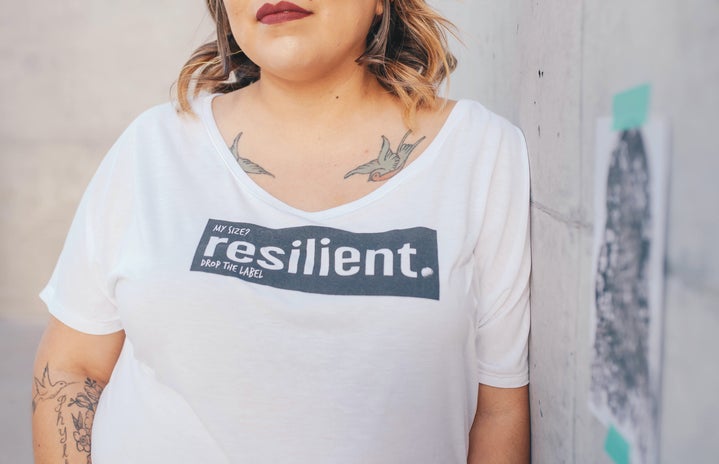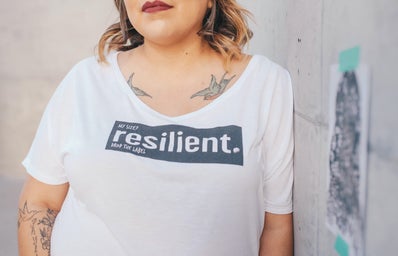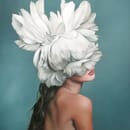In the fall of 2016 we saw at-the-time Republican nominee Donald Trump make derogatory comments about Fox News anchor Megyn Kelly on national television, a trend which has become all too familiar in the the mainstream media (MSM). These comments quickly gave way to a slew of headlines and scandals surrounding a culture that sexualizes female journalists. This is not to say that sexism hasn’t been present since the advent of broadcast journalism itself– simply that Trump v. Kelly is one of the first times I can remember that people actually took notice. Recent headlines have become a PR nightmare for Bill O’Reilly, Rupert Murdoch, and powerful misogynists everywhere, as Fox News was put on blast for its secret history of sexism and discrimination behind the scenes. Sexual objectification as a criterion for professional success has emerged as a clear pattern in the world of broadcast journalism, liberal and conservative alike.
Liberals tend to blame the execution of sexism largely on conservatives and conservative environments, like that at Fox News, just as many Americans like to believe that racism and racists are bred exclusively in the South. In reality, sexism and racism live and thrive everywhere. The first step in ameliorating the problems we face as a nation is to stop using “the other side” as a scapegoat in the hopes of getting off scot-free. In red and blue states all the same, women and minorities pull the perennial short straw, especially in employment.
On that point, female journalists have become slaves to their physical appearances and feminine countenance. Journalists as prolific as Katie Couric, Christiane Amanpour, Barbara Walters, and Diane Sawyer have not escaped the superficiality of the American beauty standard– its application intensified to the highest degree and projected onto the 11 o’clock news. How many times have I seen Anderson Cooper or George Stephanopoulos on StyleWatch? How many times have articles about their horrendous pantsuits or post-baby cellulite been splashed on the covers of tabloids throughout their careers? Most importantly– why has the way reporters look and dress become such an integral part of an occupation that theoretically shouldn’t have any basis in physicality? Models or actresses, sure. Their look is a part of what they do and how effective they are at their jobs. But journalists?
A 2015 census report by the American Society of News Editors found that only 37.1% of newsroom staffers were women in 2015. As a result, reporters like Kate Fagan, writer for ESPN, subscribe to the doctrine of “lift as you rise.” This is the idea that female journalists make a conscious effort to help other women advance in their field by engaging, networking, and collaborating with other women. I would like to unapologetically strike down the people who argue that this is unfair and gives women an advantage over men. I can see the people who claimed “women voting for Hillary just because she is a woman is wrong” having a field day over this.
Let me explain why this idea isn’t wrong at all– we wouldn’t need a “girls club” if there weren’t an ever-existing and all powerful “boys club” to compete with. I have never, and may not for a long time, seen someone like me who represents my interests and faces the same problems that I do as a woman– maternal health, access to birth control and feminine healthcare, reproductive rights, the wage gap, employment rates, sexual assault to name a few– sitting in the oval office. Just as I have never seen a news anchor that looks in any way ordinary.
Why is it that I’ve always felt that I wasn’t pretty enough to be a journalist? News anchors and reporters are caked in makeup, layered with Christian Dior and Coco Chanel, and most likely have personal trainers and life coaches on staff, sometimes by choice, but other times born out of necessity. Outer beauty has become “just part of doing business” because no one wants to see the girl next door on at 11. I would like someone to explain to me when it became acceptable to dole out opportunities with an exclusive qualifier of standardized beauty.
Good reporters are not their haircuts or their outfits. Good reporters are people who do their jobs better than anyone else could– people who speak with knowledge and authority and influence and people who utilize the agency of their jobs to enlighten and hold people accountable for the good of the public. That’s why I want to be a journalist. But I fear having my abilities and my competency scrutinized through a lens of my outward appearance. Not only is this fear grounded in reality, but it is the product of a system which teaches girls that women in the media have to look a certain way. I hope to one day shatter this ideal as a broadcaster who delivers the news in ivy park sweatpants and day old-eyeliner, but one can only dream. Perhaps we’ll see the day where content presides over form, but only after women in the MSM enfranchise themselves to be something that little girls can be proud to emulate rather than caterers to the ideals placed before them. Don’t mistake this for a naïve call to action, but rather a challenge to the women who deliver the news to be authentic both to the truth and to themselves.



